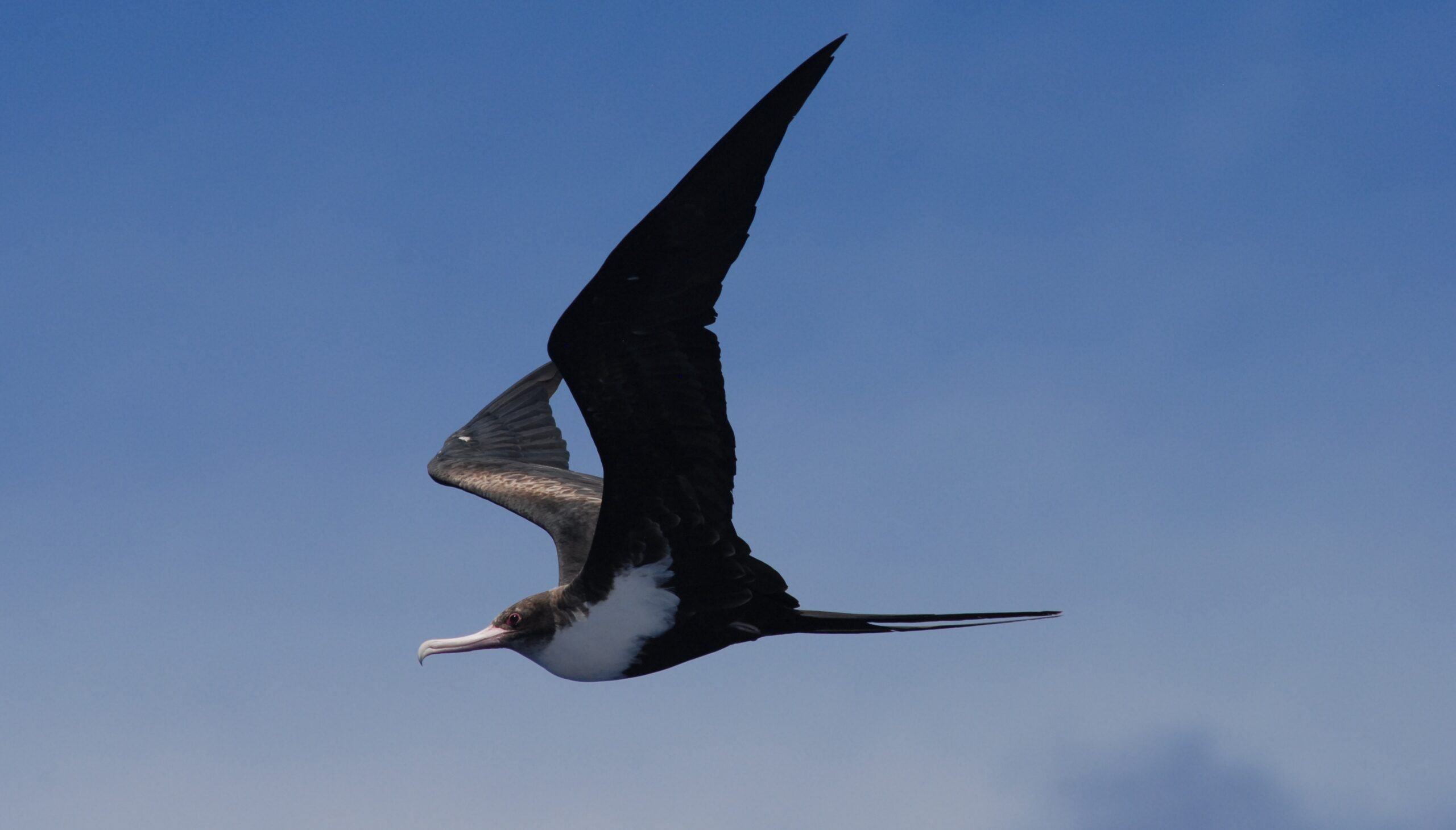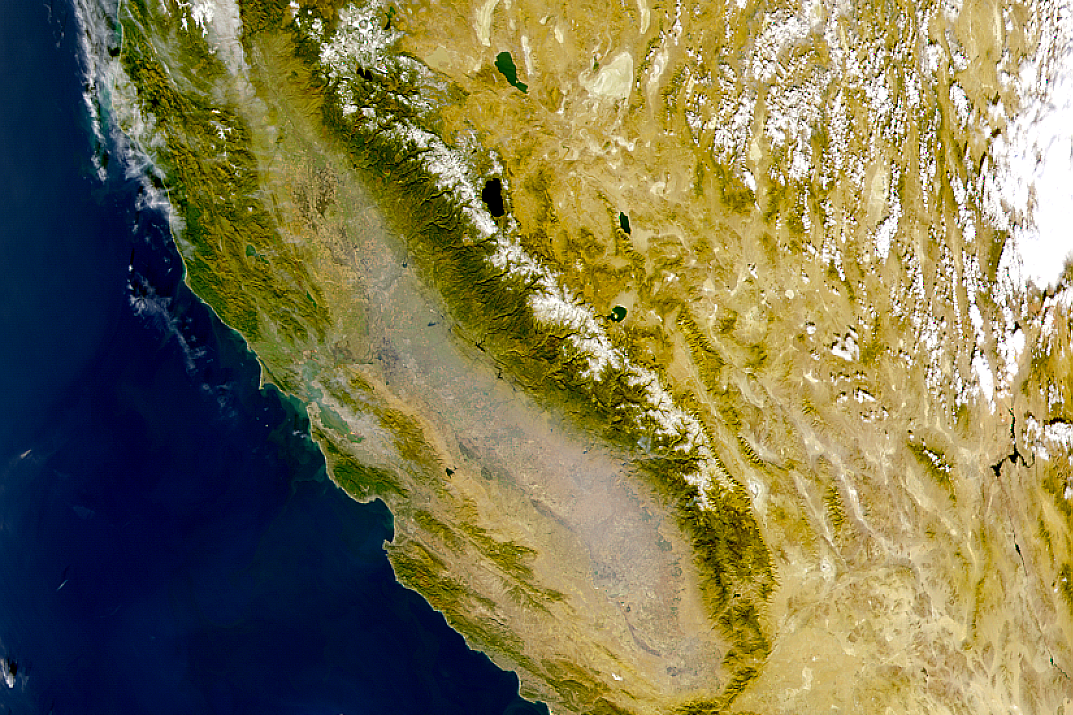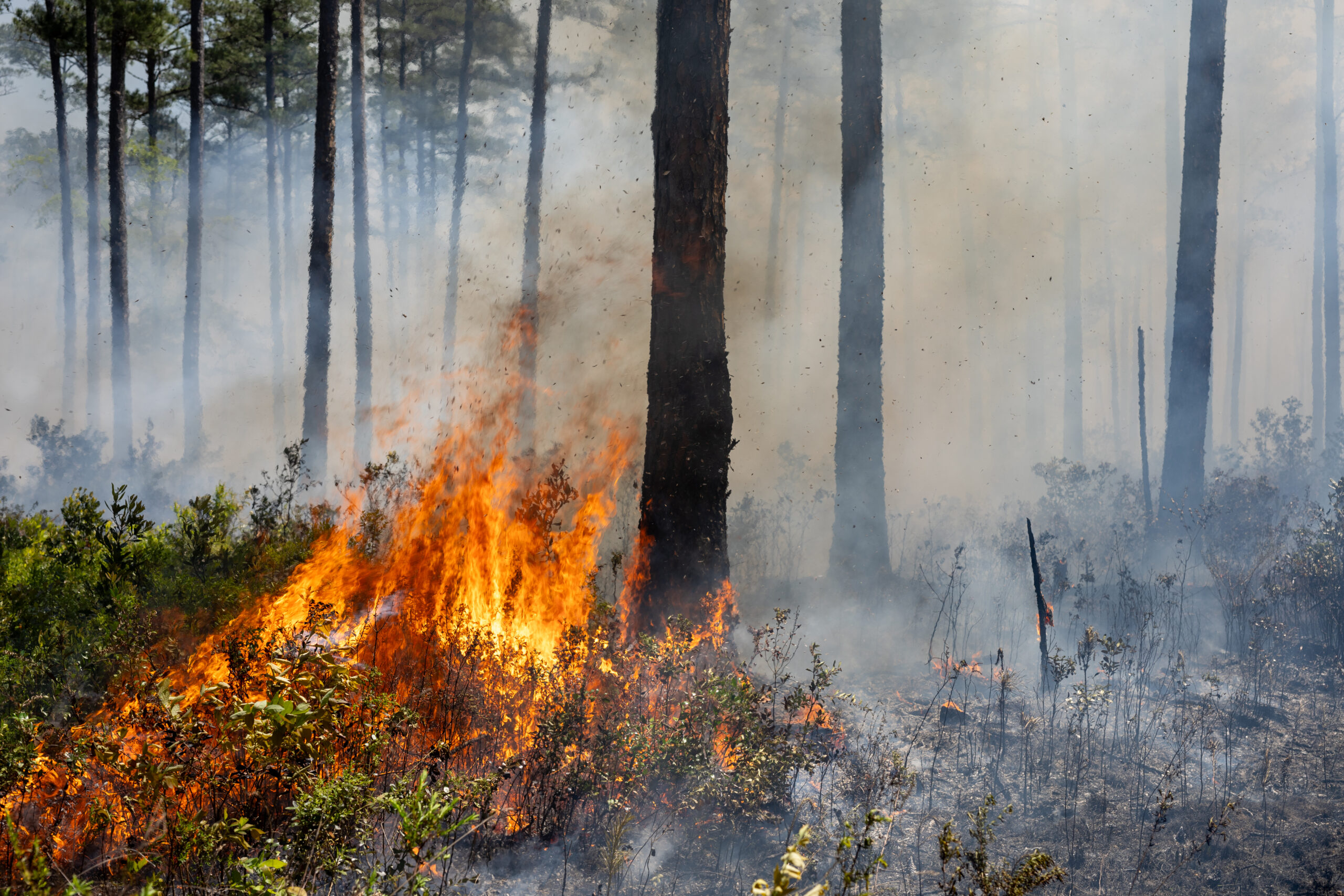By Jane Berg and Tamara Enz June 6, 2025 What is the Internet of Animals? For…
Team Led by BAER’s Dr. Meloë Kacenelenbogen Wins 3 Year NASA Award
NASA has selected a team led by BAER’s Dr. Meloë Kacenelenbogen to study atmospheric aerosols. Through the three-year project, Dr. Kacenelenbogen will work with scientists from NASA, NOAA, and several universities on a number of tasks designed to improve the predictions made by chemical transport models regarding the composition of aerosols present in the atmosphere.
Atmospheric aerosols, (solid and liquid particles suspended in the atmosphere), have long presented a conundrum for scientists. Scientists agree that these aerosols play a large role in the global climate, but their function is not fully understood. For example, the amount of solar energy absorbed by Black Carbon particles is uncertain, in part because current models underestimate the presence of these particles in populated areas. Complicating matters further, there are many types of aerosols present in the atmosphere, and their impact on the climate depends on their concentration, composition, and optical properties. Many particles, such as sea salt aerosols, mostly reflect solar radiation in many directions, including back into space, whereas other particles like biomass burning smoke particles mostly absorb solar radiation. Determining the concentrations of the various species of aerosols in the atmosphere and modeling their impacts has proven to be extremely challenging.
A group of scientists including Dr. Kacenelenbogen have developed an algorithm to classify airborne aerosols based on information obtained from remote sensing instruments located on the ground, in aircraft, and in space. In this new study, Dr. Kacenelenbogen and her colleagues will, among other things, explore the applications of their new algorithm, use it to evaluate predictions from a commonly used chemical transport model, and study long-term trends of aerosol types at a few key locations around the world.
Dr. Kacenelenbogen notes that “through this study, we hope to provide recommendations for future passive space-borne instrumentation that could yield an improved aerosol classification from space.”
More information about the type of work done by Dr. Kacenelenbogen and her team can be found from the following link: http://geo.arc.nasa.gov/sgg/AATS-website/



